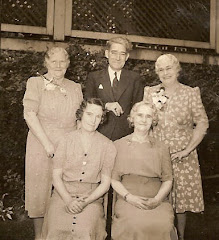The demand for clean coal in the 19th and early 20th centuries was great, and, as learned last week, the coal industry of Northeastern Pennsylvania reached far beyond the reaches of our shores to those of the U.K., Ireland, and Eastern Europe. Immigrants from these regions and more flocked to Pennsylvania to land a job in what is still today one of the more dangerous professions.
Coal mining is dangerous for many reasons. The bulk of the work was done underground in cold, dark, and dank conditions. It was not work for the claustrophobic. The use of explosives brought dangers of its own, plus the added dangers of the earth caving in, water flooding in, and trouble getting out for those caught inside at the time of the incident.
Coal mining was also not always a guarantee of pay. If you were one of the laborers in the mines, setting off explosives and loosening the coal, your pay was dependent upon the amount of coal you brought in, and penalties were steep if the quality was less than what the mine bosses wanted.
Technology wasn't always so complex, but it always made life a little bit easier, a little bit safer, and/or a little more profitable in the long run. The coal mining industry of the late 1800's and early 1900's benefitted from techonology in a way we would scoff at today, but miners underground credited with saving their lives.
Over time, alternate fuel sources diminished the need for coal, and thus coal miners. But the field of coal mining is not dead, as we've been so tragically reminded these past few months and even years. Coal remains a valuable resource; thus there continues to be a need for miners willing to lay it on the line below the earth on which we trod.Next up: The company store!














No comments:
Post a Comment